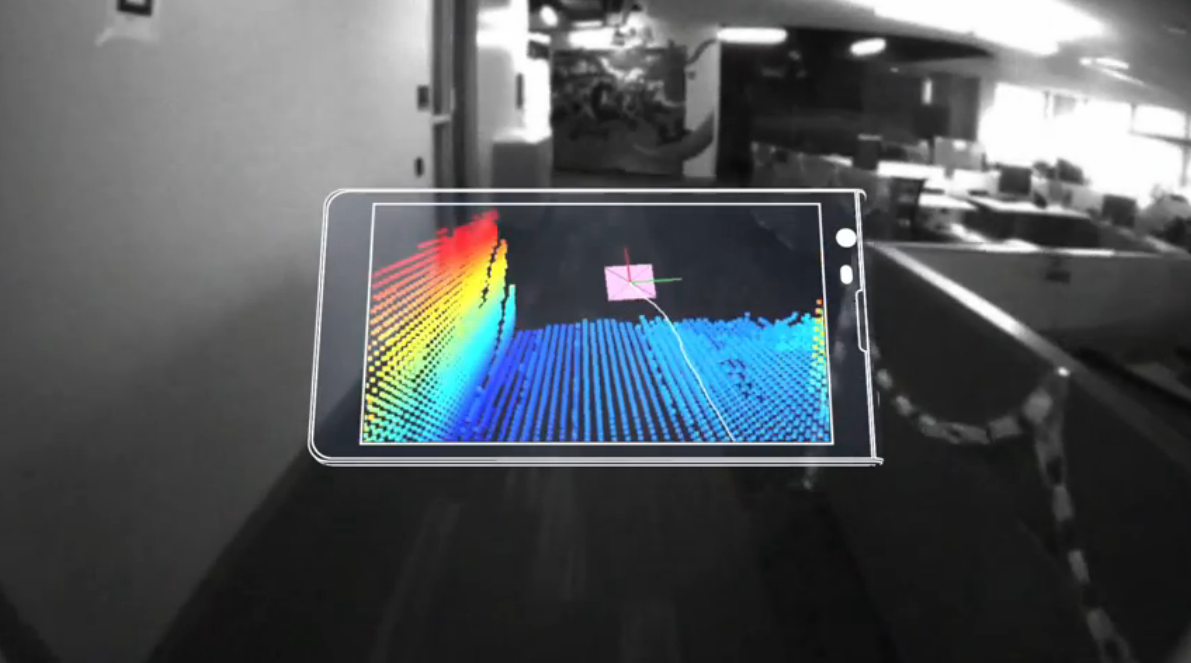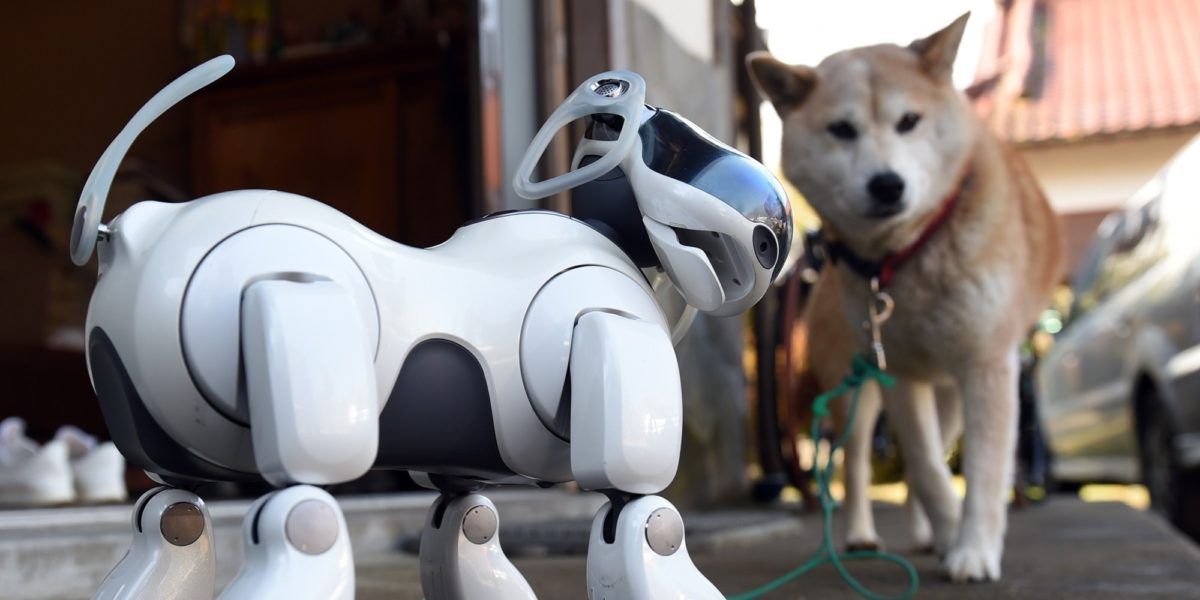Have you heard about Google’s new initiative called Project Tango? If not, you should definitely read this article, because it is something that can revolutionize the way we use our mobile devices.
Project Tango is an example of augmented reality (AR). It is a platform that allows mobile devices, such as smartphones and tablets, to see exactly as we, humans do. Thanks to advanced sensors, it enables the mobile to map and see its exact indoor position, just as people use their eyes to see the things surrounding them. So far, all devices were limited to the border of the screen. Tango is able to remove these barriers, by allowing smartphones to always be aware of their placement.
So how actually can it be used? First of all, Tango powered devices will be able to identify doors, stairs or even people and set out their exact position in the building. Application will be able to give information about the placement of the products in the shop. Smartphones with Tango application can be used to measure dimensions of objects such as windows and tables or to control drones, so that they will be able to avoid buildings or trees. With Tango, you can see how the unboxed furniture will look like in your house, even before buying them. As you can see the possibilities of Tango are endless and the technology can be used to improve almost every area of human lives.
In January 2016 Google has announced a partnership with Lenovo to release this fall, first consumer smartphone using Tango technology, called Phab2 Pro. At the same time, both companies have opened an incubator to get Tango-based applications developed on the new device.
If the project succeeds, Google will take augmented reality to a completely different level. However, since there are many privacy concerns, the question is: will we actually be willing to use it?
If you want to know more about Project Tango and see some visualisations check this link: https://get.google.com/tango/
Source:
http://www.forbes.com/sites/rahilbhagat/2016/06/20/just-what-is-googles-project-tango/#63d8a3c35480
https://en.wikipedia.org/wiki/Tango_(platform)



